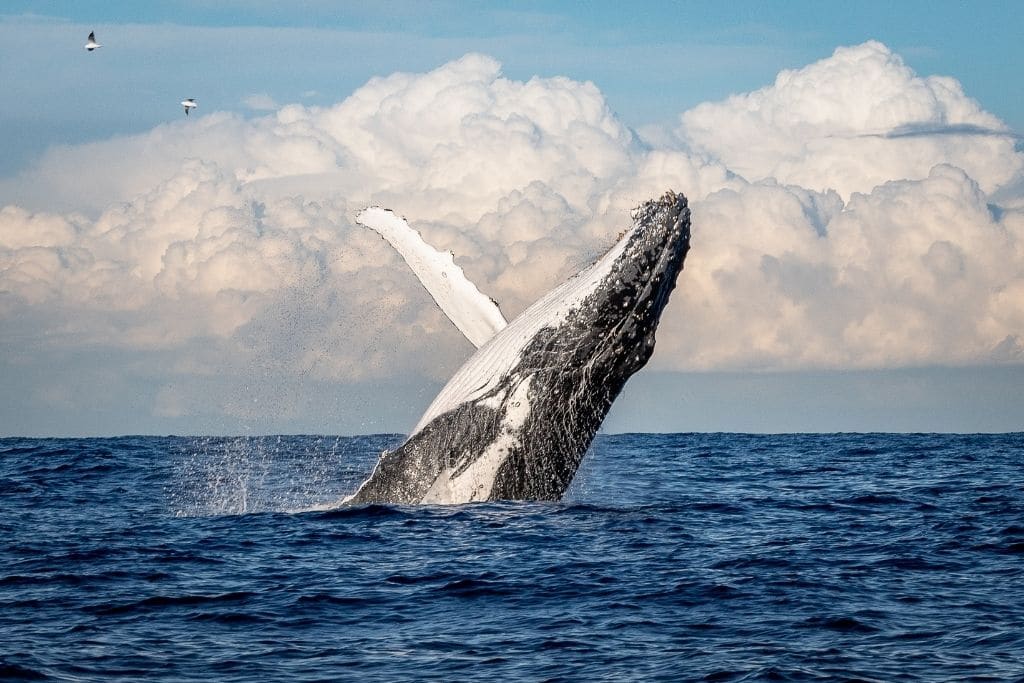The humpback whale population in Australian waters has enjoyed an impressive recovery since the ban on commercial whaling in 1979.
—
Australia has announced the removal of humpback whales from the country’s list of threatened species after a major recovery.
The number of humpback whales in Australian waters has grown to an estimated 40,000, a stark rise from the low 1,500 numbers recorded during the height of commercial whaling.
When industrial whaling began in the 1930s, as much as 50,000 whales were being killed annually for the animal’s meat and oil, including the humpback whale. In Australia and New Zealand, more than 30,000 humpback whales were killed, driving the key marine mammal to the brink of extinction. It wasn’t until 1963 before local whaling operations ceased to capture humpback whales.
The last commercial whaling station in Australia, the Cheynes Beach Whaling Company in Western Australia, closed in 1978 and Australia adopted an anti-whaling policy in 1979. Global commercial whaling also came to a standstill following the International Whaling Commission (IWC)’s moratorium in 1986, with the exception of Norway, Japan, and Iceland. The latter however, has recently announced it will finally stop commercial whaling by 2024.
Since ceasing whaling operations, humpback whales in Australia have been able to bounce back and recover their severely depleted numbers, so much so that Sussan Ley, the Australian Minister for the Environment, said that the Threatened Species Scientific Committee has determined the formerly endangered species could be removed from the list.
“This is not about removing safeguards for humpbacks, which are still a protected migratory species, but it is a recognition of the success of the outstanding conservation efforts that are in place,” Ley said in a statement. “Our removal of the Humpback from the threatened species list is based on science and sends a clear signal about what can be achieved through coordinated action. It is a message of hope for the welfare of a number of species.”
The news comes just days after Australia declared the country’s most iconic animal, the koala, to be endangered, as its population took massive hits from the 2019-2020 bushfires and rampant logging activities in its natural habitats.
Environmental groups however, feel Australia might have jumped the gun in its decision to de-list the species, describing it to be “short-sighted in the face of looming climate impact”. A study in 2020 found that climate change including rising ocean temperatures and environmental changes affects the humpback whale’s feeding habits and breeding rates.
With ocean plastic pollution on track to triple by 2040, humpback whales and other species continue facing various threats including ingestion and entanglement. Rising marine traffic and its subsequent noise pollution also impacts the species’ survival, as they rely on sound to communicate, locate mates and prey, and avoid predators.
You might also like: How Do Whales Change Climate?


















